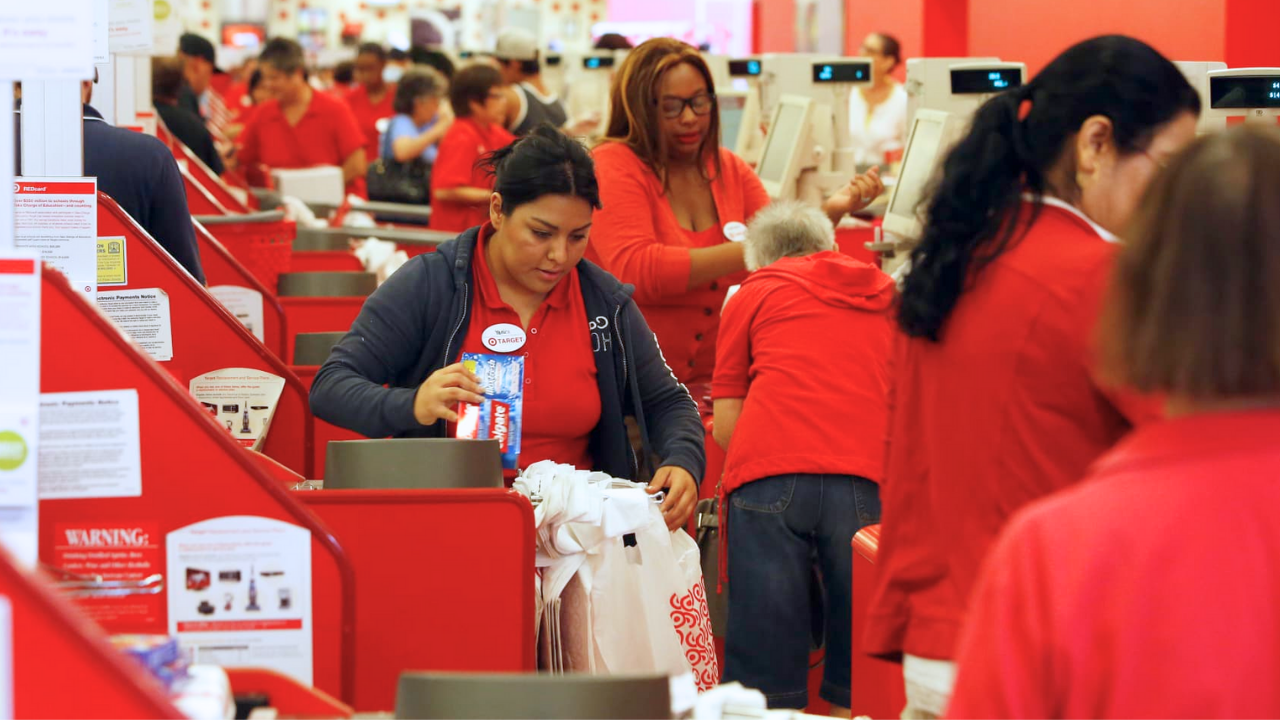
Target Corporation announced on October 23, 2025, that it will cut 1,800 corporate jobs at its headquarters in Minneapolis. This includes 1,000 layoffs and 800 positions that are currently unfilled.
The cuts affect about 8% of its global HQ staff and are the largest restructuring the company has undertaken in ten years. Target is making these changes because it has faced 11 straight quarters of flat or declining sales, as well as rising costs and tariffs affecting its profit margins.
Why Now? Organizational Complexity Drives Cuts
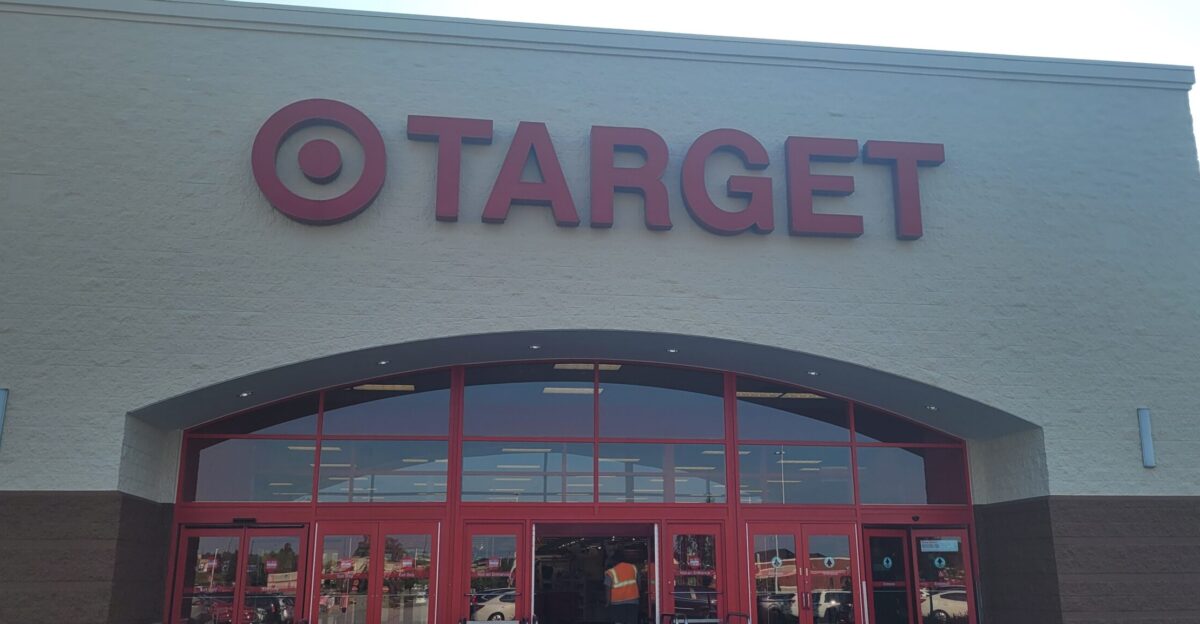
Incoming CEO Michael Fiddelke told employees, “The truth is, the complexity we’ve created over time has been holding us back. Too many layers and overlapping work have slowed decisions.”
The financial backdrop is challenging: Q2 2025 sales dropped 0.9% to $25.2 billion, comparable sales fell 1.9%, and operating income plunged 19.4% to $1.3 billion.
Consumer Impact
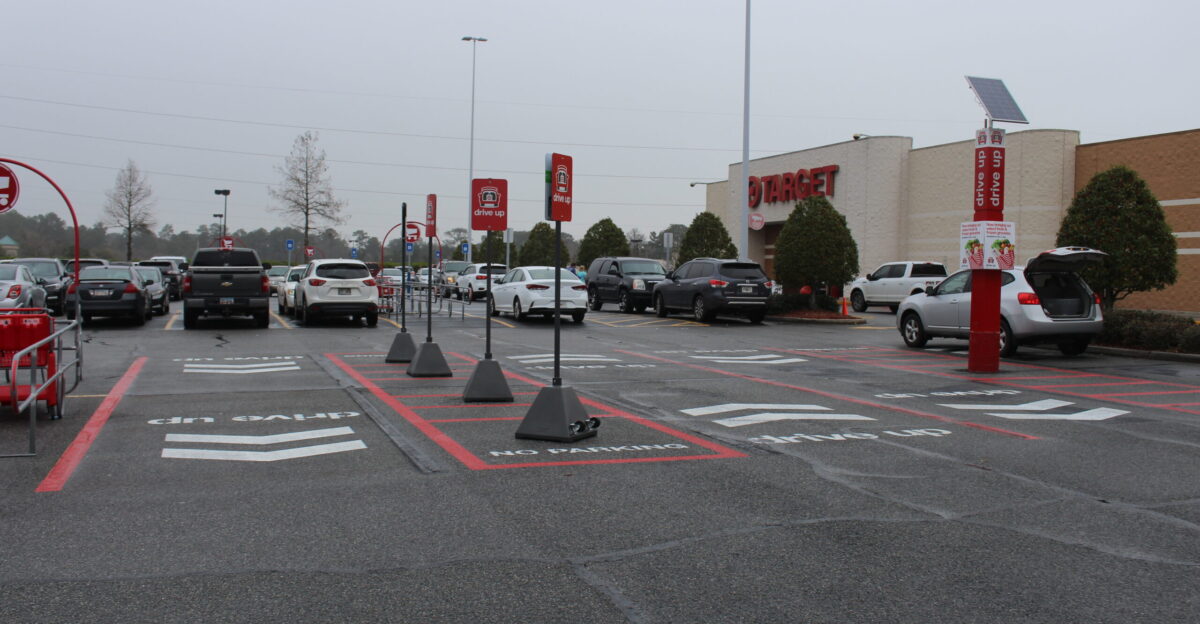
Target is changing how it operates, and shoppers might notice some differences. While a smaller organization could help the company launch products faster and make quicker decisions, this change might temporarily lower service quality.
Target is also facing challenges: foot traffic has dropped for more than 20 weeks, according to Placer.ai, although digital sales increased by 4.3% in the second quarter. For fiscal 2025, Target expects sales to decline slightly.
Retail Sector Watches Closely

Walmart, Amazon, and other major retailers are watching Target’s changes closely. Target is reducing its workforce by 8% and improving operations.
This may prompt others to follow suit. Retailers face challenges, including concerns about inflation, intense online competition, and the need to reduce costs while maintaining high-quality service.
Vendor Uncertainty
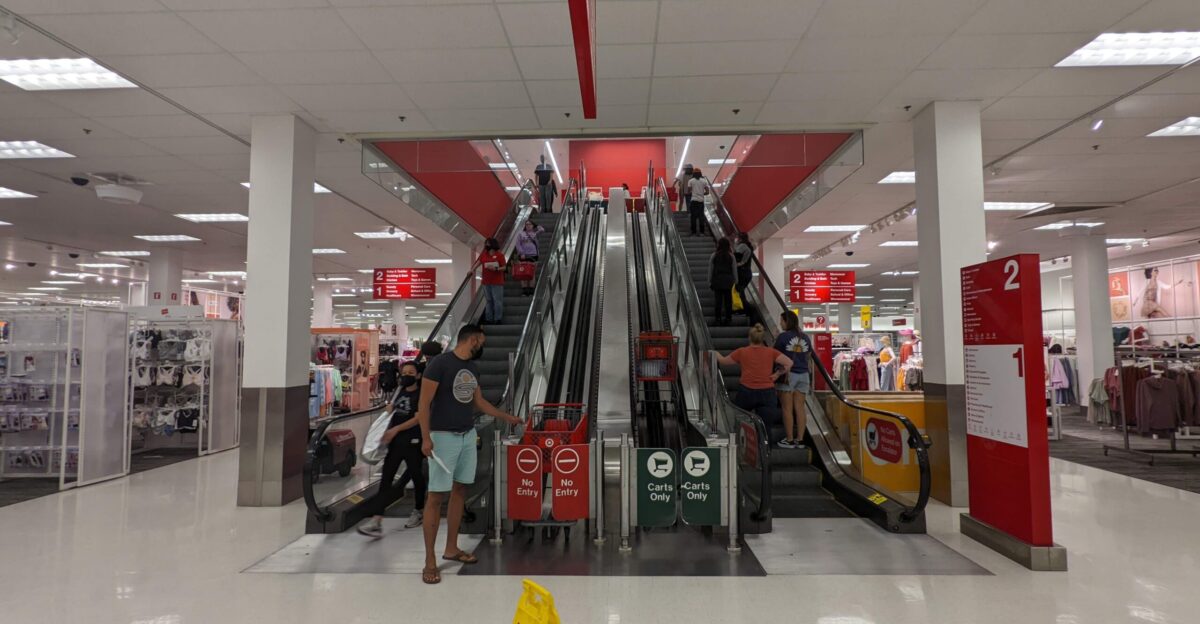
Target expects a sales decline, prompting suppliers to prepare for potential order reductions. This may result in contract changes or smaller orders for logistics partners and vendors.
The restructuring indicates tighter operational control, which could impact thousands of businesses linked to Target’s $25 billion in quarterly purchases.
Global Sourcing Shifts on the Horizon
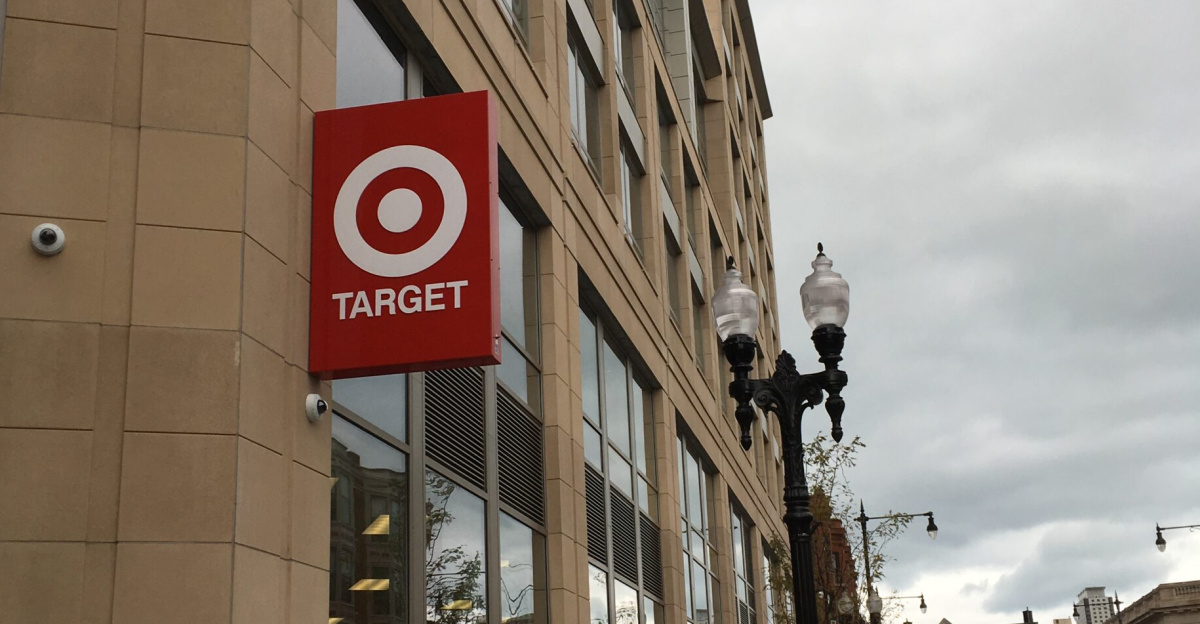
Target’s Q2 earnings cited “continued tariff-related and other cost pressures,” suggesting the company may shift its international sourcing strategies.
Target may reduce orders from Asian manufacturers as it simplifies operations. This reflects a wider trend in retail, with companies reassessing supply chains amid trade tensions and rising costs.
1,000 Jobs Lost, Families Affected
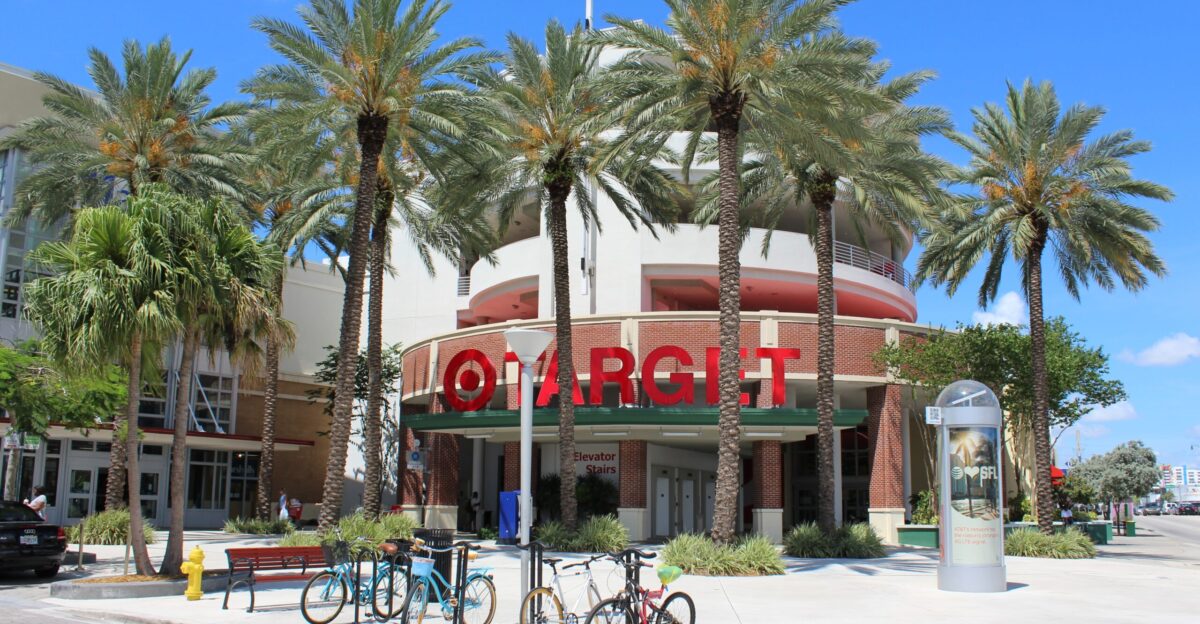
Approximately 1,000 employees, primarily based in Minneapolis, will lose their jobs. They will receive severance pay and benefits until January 3, 2026. Leadership positions will be cut at three times the rate of other roles.
Notifications begin on October 28, bringing uncertainty before the holidays. Affected employees will face a tough job market as hiring slows nationwide.
Local Economic Blow
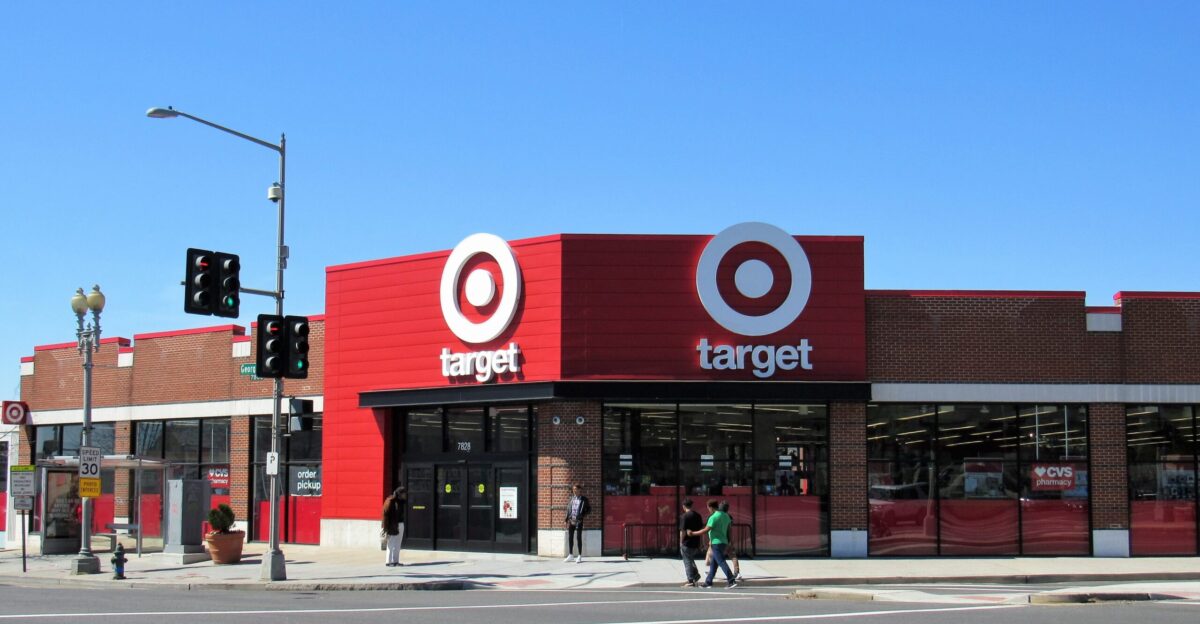
Minnesota officials are concerned about significant job losses in Minneapolis.
Layoffs will impact Target employees and nearby businesses that rely on headquarters traffic. This occurs during tough economic times in the Twin Cities.
Retail Under Pressure
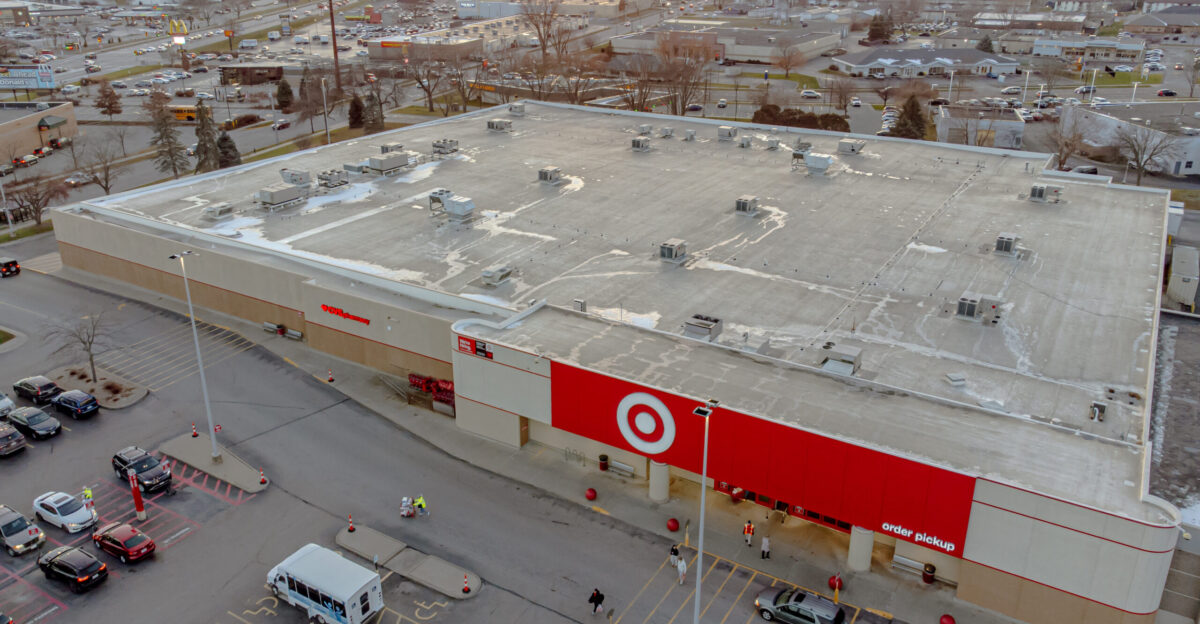
Target is facing significant challenges in the retail sector, including declining store traffic and intense competition from Amazon and Walmart, as well as high tariff costs.
Its stock has dropped by about 65% since 2021, resulting in significant losses in market value and raising investor doubts about a potential recovery.
The Strategy Behind Cuts
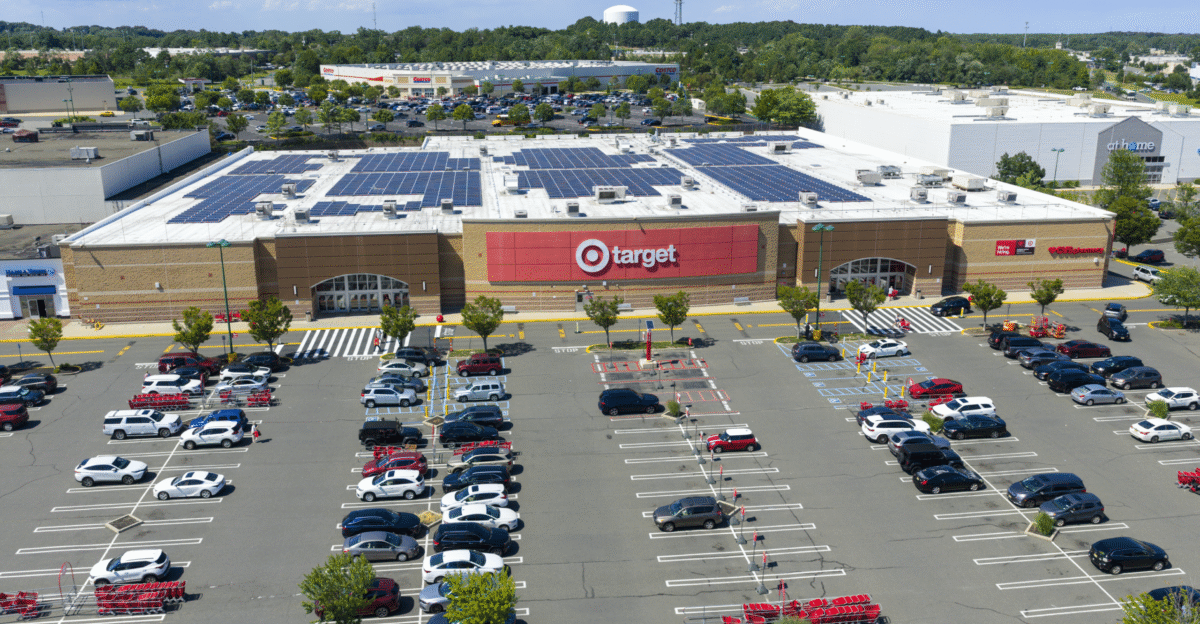
Target is laying off employees as part of its Enterprise Acceleration Office, launched in May 2025. This initiative aims to streamline operations and expedite decision-making.
Fiddelke stated, “We need to move faster and simplify how we work to drive Target’s next chapter of growth.” The program marks Target’s most aggressive operational overhaul in decades.
Restaurants and Services Hurt
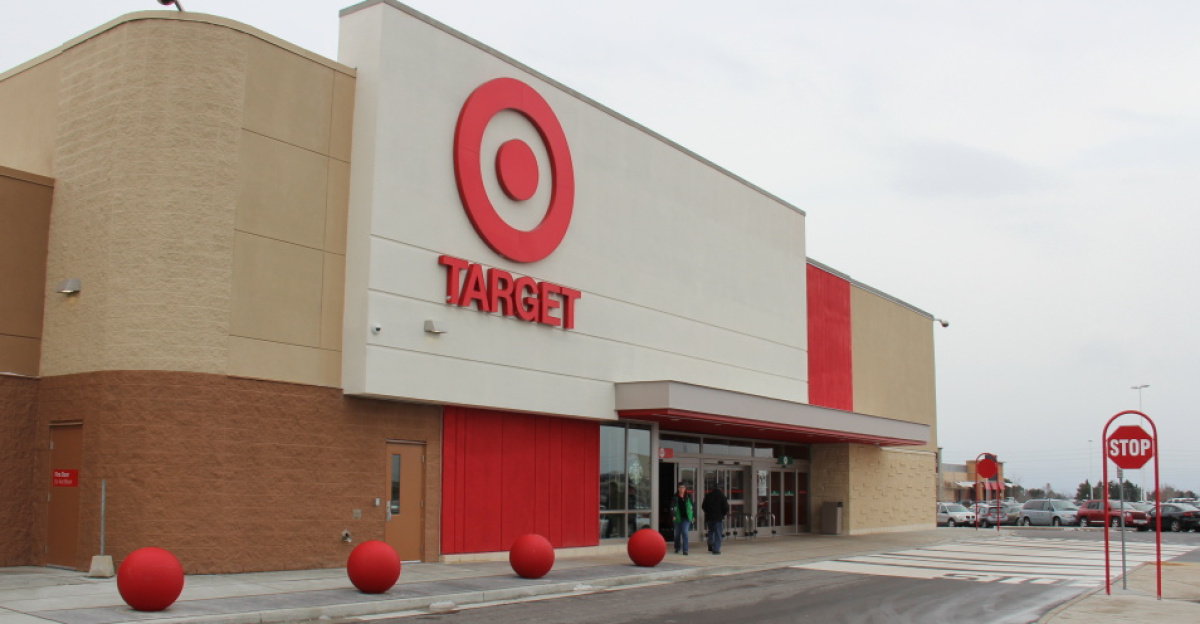
Restaurants, coffee shops, and lunch spots near Target Plaza will lose thousands of daily customers. Corporate catering, maintenance, and professional services are also expected to take a hit.
The ripple effects of Target’s restructuring will be felt throughout Minneapolis’s local business ecosystem.
Beyond Direct Layoffs
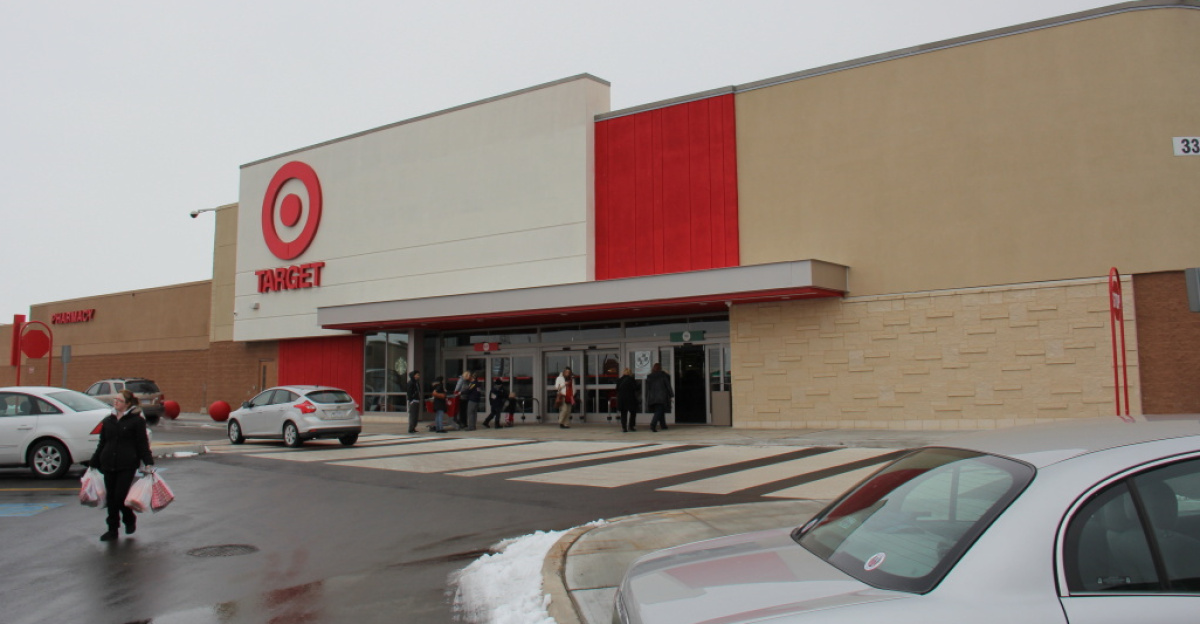
Office suppliers, IT contractors, cleaning services, and consultants that support Target’s headquarters may face reduced contracts. Even parking facilities, dry cleaners, and nearby fitness centers could see lower demand as the HQ population shrinks.
The effects of corporate downsizing often extend far beyond the company itself.
Competitive Dynamics
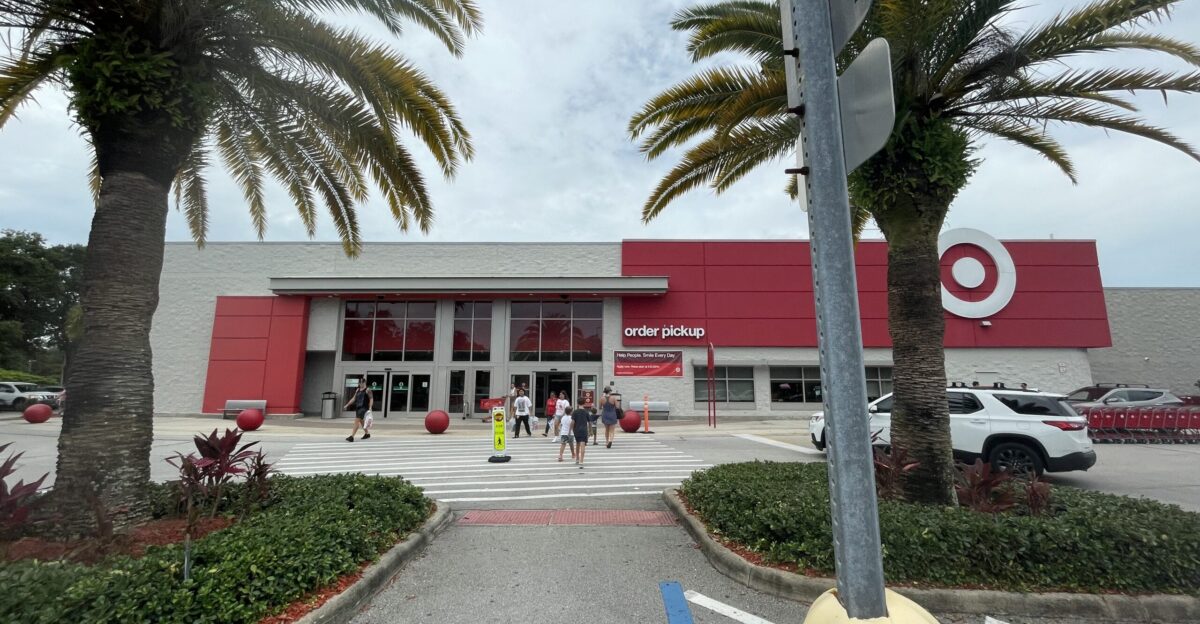
Walmart and Amazon could capitalize on any disruptions Target experiences during its transition. Service interruptions, inventory challenges, or execution missteps could open doors for competitors.
However, a leaner, faster Target might ultimately emerge stronger. The company’s stock and market share over the next year will reveal whether this gamble pays off.
Mental Health Concerns

Beyond financial hardship, many laid-off employees are facing anxiety, depression, and a loss of identity. The timing—just before the holidays—heightens the emotional strain on families even more.
Mental health services in Minneapolis are likely to see increased demand, underscoring how layoffs ripple through entire communities.
Corporate Responsibility Debate Intensifies

Target’s stance that the cuts are “strategic, not financial” has sparked debate. Critics argue that profitable corporations should prioritize employment stability, while supporters say a leaner structure ensures long-term competitiveness.
The discussion reflects broader questions about corporate responsibility in uncertain economic times.
Winners and Losers Emerge
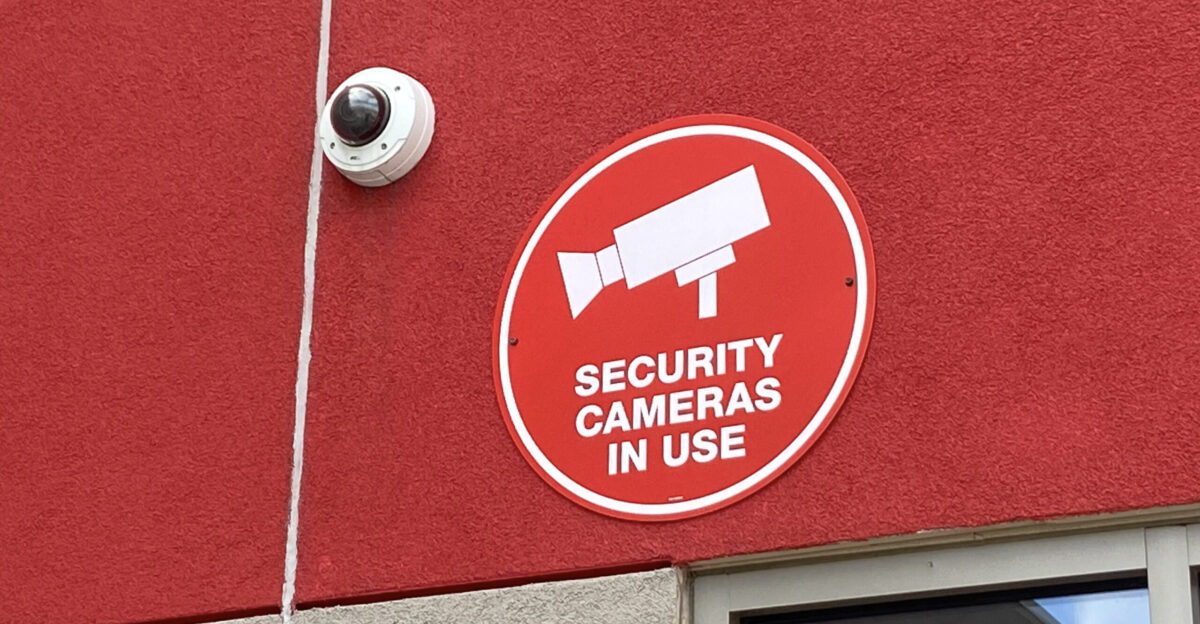
While Target and its partners face short-term pain, others may benefit from the changes. Competing retailers could gain market share, and automation or AI firms may experience increased demand as companies seek to improve efficiency.
Executive recruiters will find opportunities in placing displaced talent. Economic restructuring inevitably creates winners—but often at a steep human cost.
Investor Sentiment
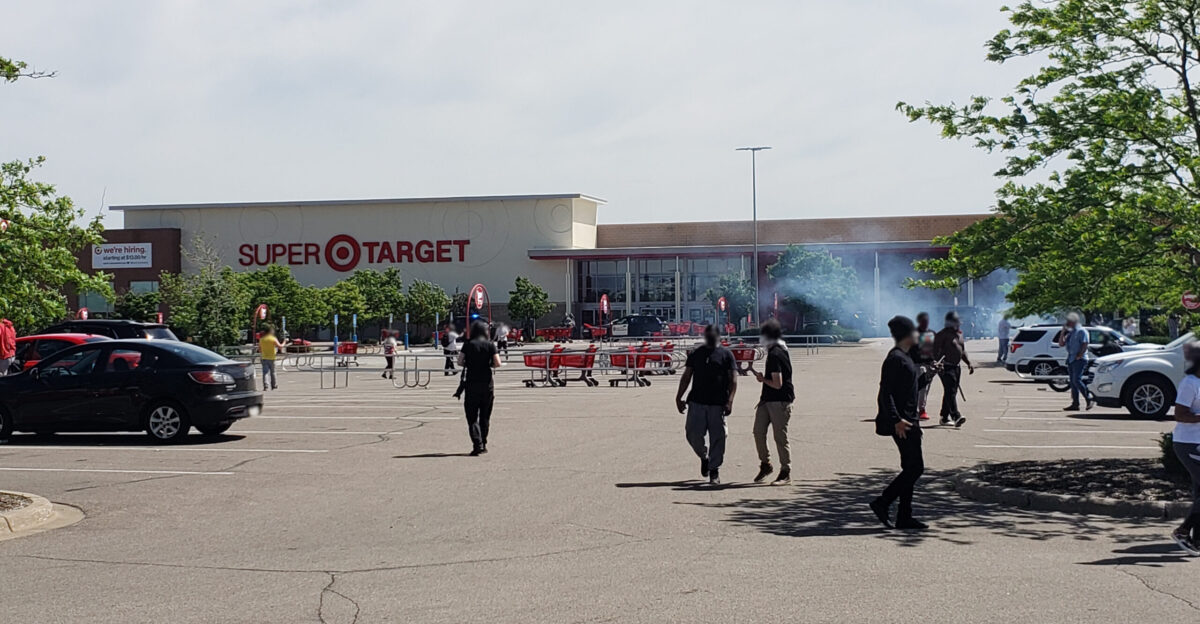
Wall Street’s reaction was mixed. Optimists see potential for improved efficiency and margins, while skeptics remain wary of execution risks and ongoing sales declines.
With shares well below previous highs, investors are waiting for proof that Fiddelke’s restructuring will deliver results. Q3 and Q4 2025 earnings will be critical tests.
Shopper Strategy

Consumers should closely monitor Target’s service quality, product selection, and pricing as the company undergoes its transition. Comparing offers across retailers like Walmart and Amazon could be worthwhile.
Shoppers might also see clearance events or updates to Target Circle rewards as the company refines its promotional strategy.
Leadership Transition
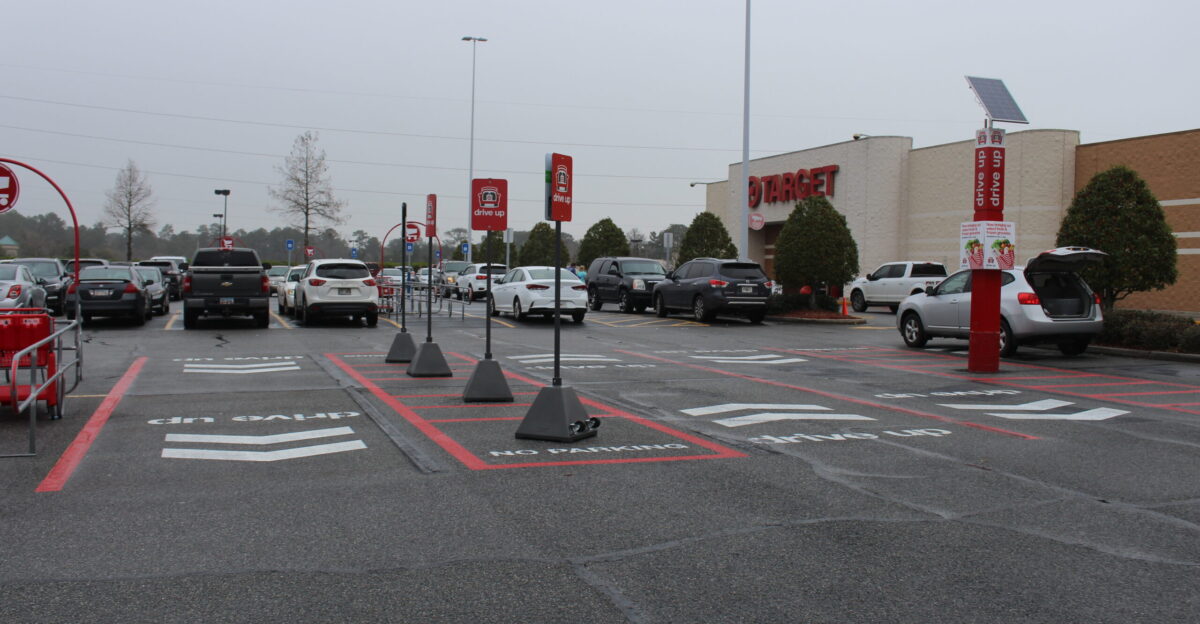
Michael Fiddelke, a 20-year Target veteran who began as an intern, will become CEO on February 1, 2026. Brian Cornell will transition to executive chairman on the same day.
Fiddelke faces steep challenges: reversing 11 quarters of sales decline, executing a massive restructuring, and restoring investor confidence. His deep institutional knowledge may help—but success is far from guaranteed.
Defining Moment
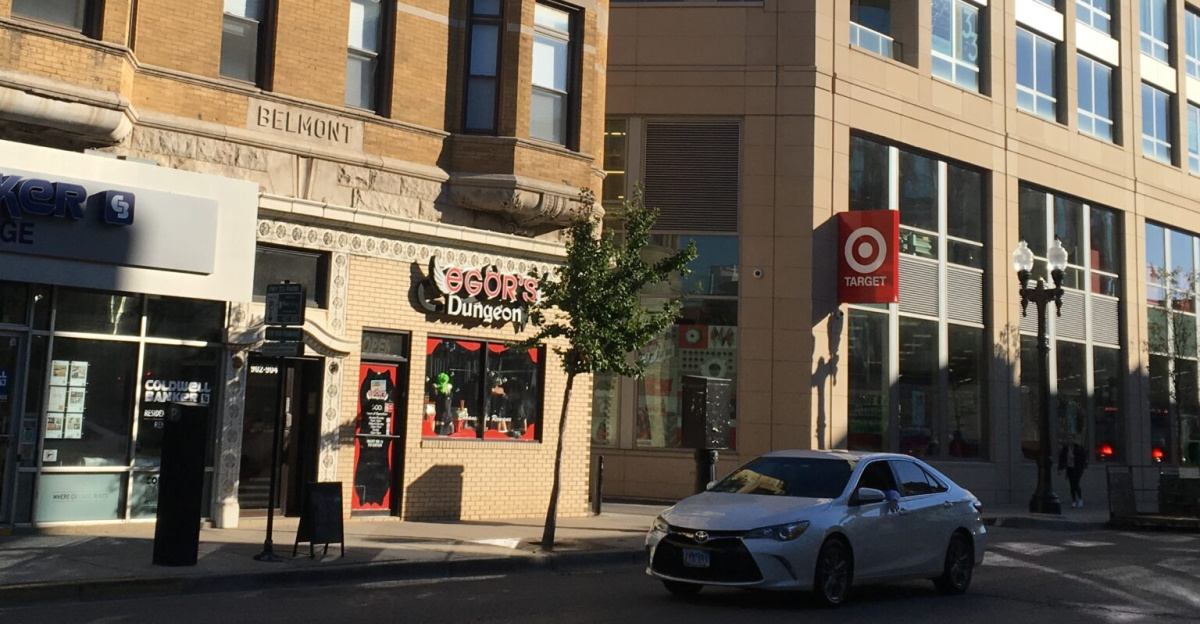
Target’s layoffs go beyond a single company—they highlight how major retailers are adapting to e-commerce disruption, shifting consumer behavior, and rising costs.
Whether Fiddelke’s bet on speed and simplicity pays off will shape not just Target’s future but also broader corporate strategy across the retail industry. The next 12 months will be pivotal.